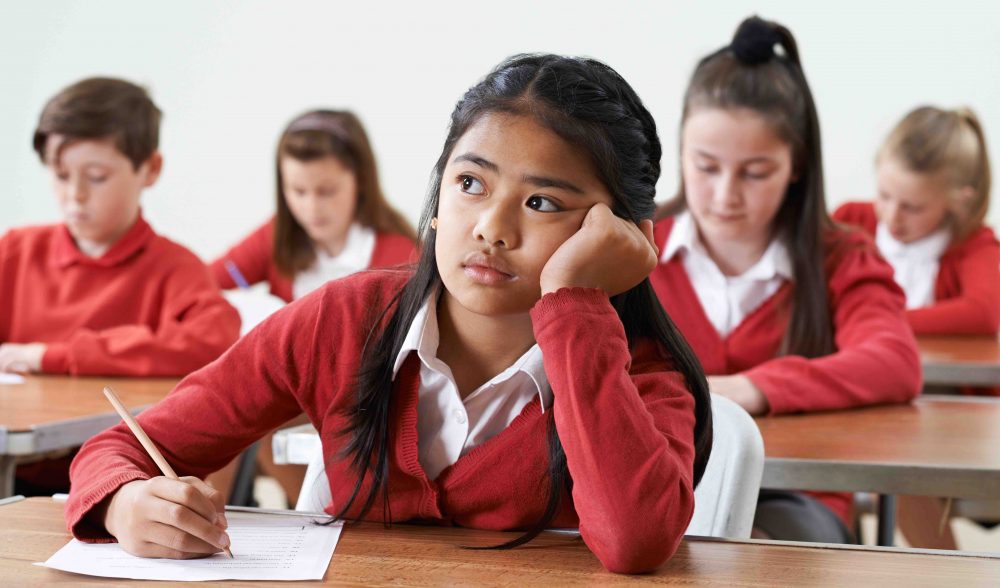
We have just received the long-awaited response from the Australian government to the disability royal commission’s final report.
One of the most controversial aspects of the final report was a split between the commissioners on the issue of school segregation – or students with disability being sent to special schools.
The three commissioners with close experience of disability recommended the phasing out of special schools. They said segregation is “inherently linked with the devaluation of people with disability”. The three commissioners without such experience said we should retain a dual-track system, with more interaction between special and mainstream schools.
In its national response, released on Wednesday, the federal government sidestepped this debate, noting schools are the responsibility of states and territories. That said, it then opened the door to keeping the current system by acknowledging “differing views”, as well as the “ongoing role” for special schools and the importance of families having a choice.
What does this mean for inclusive education (having all children in the same classrooms with support and adjustments) in Australia?
‘On an equal basis’
While running schools is indeed a state responsibility, this does not mean the federal government has nothing to do with students with disability.
The Convention on the Rights of Persons with Disabilities says signatories need to ensure an “inclusive education system at all levels”.
It also says
children with disabilities are not excluded from free and compulsory primary education, or from secondary education, on the basis of disability.
This should be “on an equal basis with others in the communities in which they live”.
Importantly, a child’s right to an inclusive education is not subordinate to a parent’s right to choose the type of school they attend.
In ratifying the convention in 2008, the Australian government agreed to uphold these rights. And yet, in 2024, it has not even provided an aspirational statement about special schools – it passed the issue to the states.
What do the states and territories say?
The states and territories have also responded individually to the royal commission. Here we have a range of responses, with most jurisdictions pointing back to the national response (which notes the different community views).
In Western Australia, the government said it would give the issue of phasing out segregated schools “further consideration”. It talks positively of change and says it will set up “timelines” and supports “fully inclusive” education.
The response from Queensland also keeps options open, saying it wants to strengthen inclusive education in all Queensland state schools and “provide a real choice for parents”.
At the other end of the spectrum is Victoria, which has the highest number of students in special schools of all the states and territories (unlike New South Wales, it does not have segregated support classes in mainstream schools). Victoria categorically said it does “not accept” the call to end special schools and “values” their role in its education system.
NSW also said special schools play a “crucial role” in meeting the diverse needs of students, in a sign it does not support a change.

What happens now?
Researchers have long noted the importance of leadership when it comes to inclusive education. This typically places focus on school principals, but they are limited by the political and policy context in which they work. So we also need political leadership, at both the federal and state levels.
During the royal commission hearings we heard a lot about the failure of the status quo – the current situation is not working for people with disability. And genuine inclusive education is crucial because it is the gateway to employment, independence and inclusion later in adult life.
But as this response to the issue of special schools shows, we are in danger of being stuck with the status quo.
It is very difficult to make the mainstream school system inclusive when human and financial capital is flowing to another system. And as long as there is another system to take “those kids”, there isn’t a real incentive for local schools to get inclusion right. And there isn’t a genuine choice for families.![]()
Linda J. Graham, Professor and Director of the Centre for Inclusive Education, Queensland University of Technology
This article is republished from The Conversation under a Creative Commons license. Read the original article.







